|

On eBay Now...
Villiaumite & Aegirine in Feldspar (Russia) *RARE MINERAL SPECIMEN* For Sale
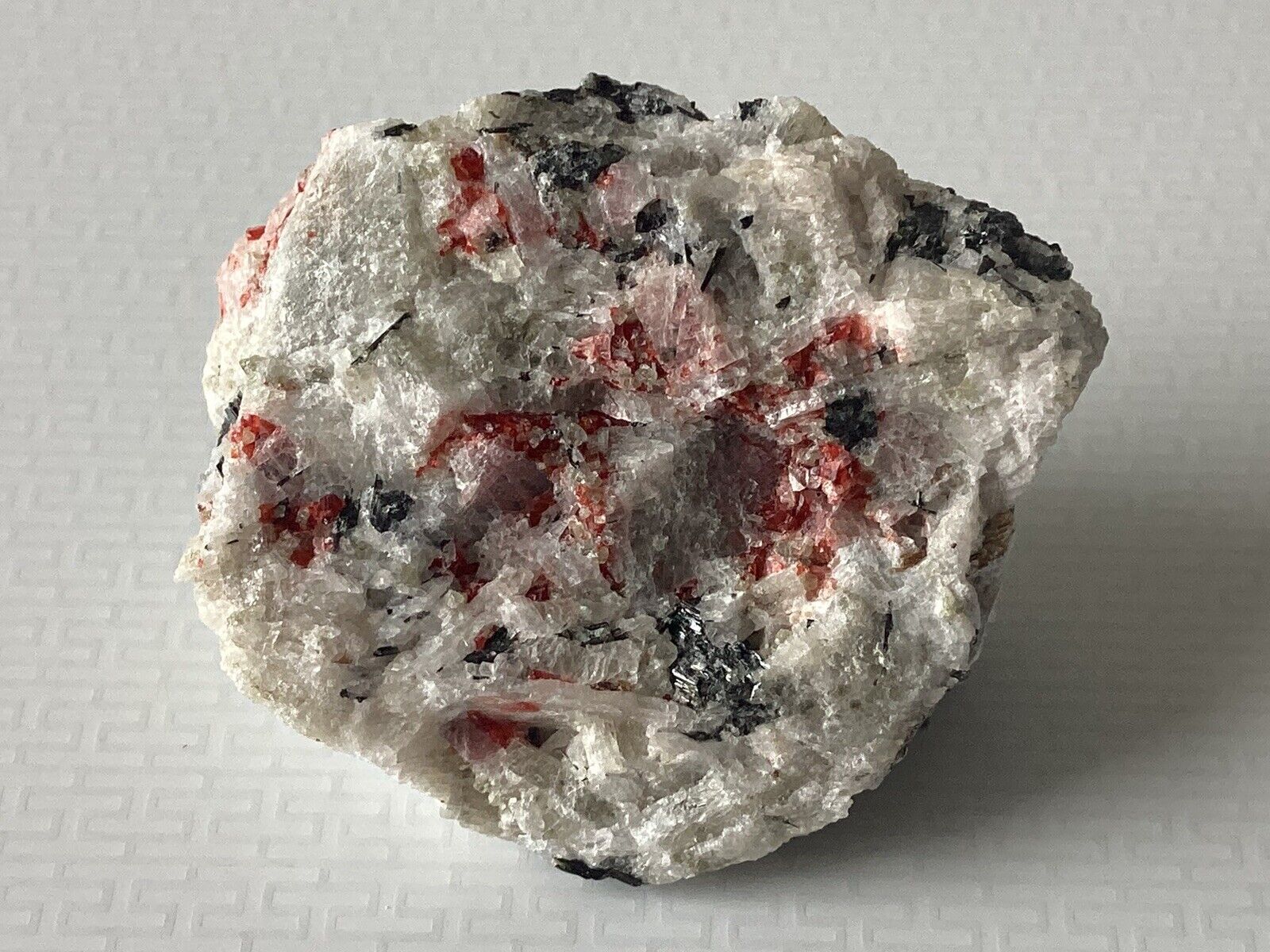
When you click on links to various merchants on this site and make a purchase, this can result in this site earning a commission. Affiliate programs and affiliations include, but are not limited to, the eBay Partner Network.

Villiaumite & Aegirine in Feldspar (Russia) *RARE MINERAL SPECIMEN*:
$75.28
A small natural specimen displaying abundant bright red villiaumite partial crystals intermixed with small black partial crystals of aegirine in a feldspar matrix. The villiaumite displays good cubic cleavages. A typical small specimen of this interesting halide from the Kola Peninsula. From Karnasurt Mine, Karnasurt Mountain, Lovozero Massif, Murmansk Oblast, Russian Federation, it approximately measures 37x36x21 mm and weighs 29.65 g. A plastic display box for this specimen with its original handwritten sticky label on the base denoting that it was previously in the collection of Norman Cogger at some stage is also included (see below). Please note: this particular item is small and is classed as a small miniature specimen (3-4.5 cm).
[Norman Cogger resided in Tonbridge, Kent, United Kingdom and he was a member of the Russell Society for many years. By profession, Norman was a geochemist and he used "wet chemistry" to analyse and understand certain pieces in his collection. Following his passing away in January 2017, and in line with his wishes, Norman’s mineral collection was sold to raise funds for his chosen good cause, the Kent and Sussex Hospital League of Friends. His collection contained a wide range of foreign and British species, with an emphasis on the chemistry of minerals rather than aesthetics. It was well curated, with specimens in a clean condition and supported by labels, a card index system and catalogues.]
Karnasurt Mine (specifically the operational part), located near Karnasurt Mountain, is only worked underground now. It consists of two areas, namely the Karnasurt area (underground workings under Mt. Karnasurt) and the Kedykverpakhk area (under Mt. Kedykverpakhk). They are connected via a working under the Ilmayok river valley between these two mountains. The Yubileynaya pegmatite is in the Karnasurt area of the Karnasurt Mine (under Mt. Karnasurt). The whole locality is situated on the Kola Peninsula, a peninsula in the extreme northwest of Russia, and one of the largest peninsulas of Europe. Constituting the bulk of the territory of Murmansk Oblast, it lies almost completely inside the Arctic Circle and is bordered by the Barents Sea to the north and by the White Sea to the east and southeast. Under a more restrictive definition, the peninsula covers an area of about 100,000 square kilometers (39,000 sq mi). The northern coast is steep and high, while the southern coast is flat. The western part of the peninsula is covered by two mountain ranges: the Khibiny Mountains and the Lovozero Massif; the former contains the highest point of the peninsula - Yudychvumchorr. Mount Chasnachorr, the height of which is 1,191 meters (3,907 ft), had been formerly considered the highest point of the Khibiny. The Keyvy drainage divide lies in the central part. The mountainous reliefs of the Murman and Kandalaksha Coasts stretch from southeast to northwest, mirroring the peninsula's main orographic features. Because the last ice age removed the top sediment layer of the soil, the Kola Peninsula is on the surface extremely rich in various ores and minerals, including apatites and nephelines; copper, nickel, and iron ores; mica; kyanites; ceramic materials, as well as rare-earth elements and non-ferrous ores. Deposits of construction materials such as granite, quartzite, and limestone are also abundant. Diatomaceous earth deposits are common near lakes and are used to produce insulation.
☠️ Villiaumite (a halide) is the moderately rare mineral form of sodium fluoride and is known from plutonic nepheline syenite rocks. Villiaumite is a metal fluoride that is easily soluble in water and highly toxic if ingested. It can react with moisture on the hands to be absorbed through the skin, so is potentially harmful to humans. By way of contrast, fluorite (consisting of calcium fluoride, the inorganic compound of the elements calcium and fluorine) is not easily soluble and is therefore considered safe. Additionally, sodium fluoride (or other fluorine-containing salts) added to drinking water through a process called fluoridation is organic and this addition of small amounts of fluoride to community water supplies does not seem to be associated with any significant health risks, but it does appear to contribute to reduced tooth decay in humans. As well as its use in the fluoridation of drinking water, sodium fluoride is commonly used in toothpaste, in metallurgy as a flux, and also in pesticides and rat poison! Villiaumite is usually carmine-red, dark red, light orange, or pink in colour. The reddish colours are due to structural defects, thought to be caused by irradiation. Heating coloured crystals makes them colourless. Although beautiful and seemingly cubic, most villiaumite specimens of any size are usually simply cleavage fragments formed late in the development of a pegmatite and they are often followed by alkaline carbonates Cubic crystals (often rounded) are rare, commonly the mineral is granular or massive. Villiaumite occurs in nepheline syenite intrusives and in nepheline syenite pegmatites. It occurs associated with aegirine, sodalite, nepheline, neptunite, lamprophyllite, pectolite, serandite, eudialyte, ussingite, chkalovite and zeolites. Villiaumite was first described in 1908 for an occurrence in Los Islands, Guinea and named after Maxime Villiaume for his help in the acquisition of mineral and rock collections from Madagascar and Guinea. He was a French explorer and officer in the colonial artillery corps of France stationed in northern Madagascar and the species was found in his collection. The type locality of villiaumite is Rouma Island, Los Archipelago (Los Islands), Conakry Region, Guinea. Mohs hardness 2-2.5.
Aegirine (an inosilicate) is a member of the clinopyroxene group of rock-forming inosilicate minerals. It is the sodium endmember of the aegirine-augite series and is also sometimes known as acmite, which is a fibrous, green-coloured variety. Aegirine has a glassy lustre and occurs as dark green to greenish-black prismatic crystals in sprays of acicular crystals, fibrous, or in radial concretions. It commonly occurs in alkalic igneous rocks, nepheline syenites, carbonatites and pegmatites. Also in regionally metamorphosed schists, gneisses, and iron formations; in blueschist facies rocks, and from sodium metasomatism in granulites. It may occur as an authigenic mineral in shales and marls. It occurs in association with potassic feldspar, nepheline, riebeckite, arfvedsonite, aenigmatite, astrophyllite, catapleiite, eudialyte, serandite and apophyllite. It was first described in 1835 for an occurrence in Rundemyr, Øvre Eiker, Buskerud, Norway. Aegirine was named after Ægir, the Teutonic god of the sea. It is sometimes used as a gemstone. Mohs hardness 5-6.
Feldspar (a tectosilicate) is a group of rock-forming minerals that make up about 41% of the Earth's continental crust by weight. Feldspars crystallise from magma as veins in both intrusive and extrusive igneous rocks and are also present in many types of metamorphic rock. The name derives from the German “feldspat”, a compound of the words “feld”, field, and “spat”, a rock that does not contain ore. The change from spat to -spar was influenced by the English word spar, meaning a non-opaque mineral with good cleavage. The alternate spelling, felspar, has largely fallen out of use. Feldspathic refers to materials that contain feldspar. Mohs hardness 6-6.5.

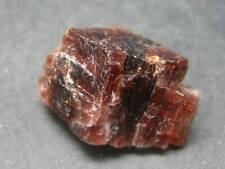
Rare Red Villiaumite Crystal from Russia - 1.1" - 7.6 Grams $34.99
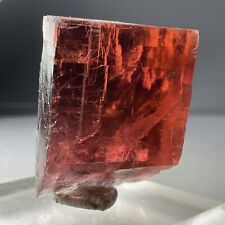
SS Rocks - Villiaumite Crystal (Khibiny Massif, Murmansk Oblast, Russia) 31g $118.00
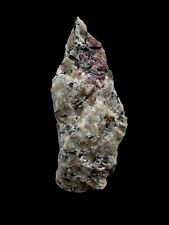
Villiaumite In Syenite Xls : Los Islands , Conakry Region, French Guinea 🇬🇳 $51.00
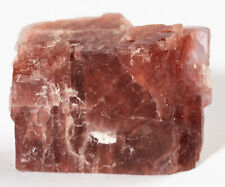
Red VILLIAUMITE Natural crystal stone specimen 0.67 oz #4232P - RUSSIA $39.00
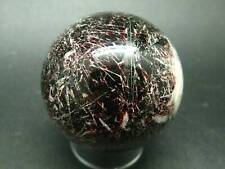
Rare Red Villiaumite Crystal Sphere Ball from Russia - 2.1" $1249.99
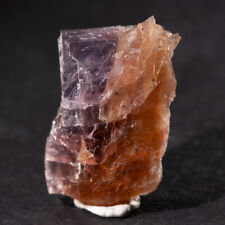
Rare Polychrome Translucent Villiaumite crystal Khibiny, Russia Mineral specimen $85.00

Villiaumite & Aegirine in Feldspar (Russia) *RARE MINERAL SPECIMEN* $75.53
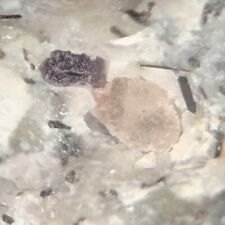
Rare Villiaumite Crystal Micro Point Of Rocks Colfax Co New Mexico USA $27.53
|